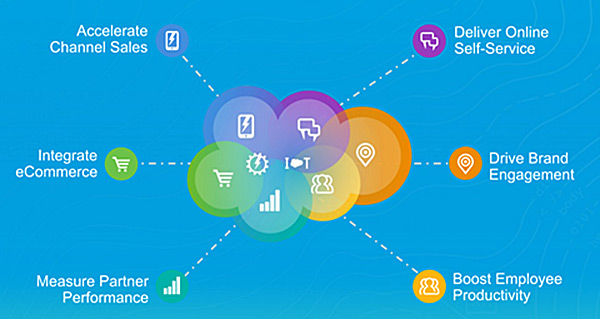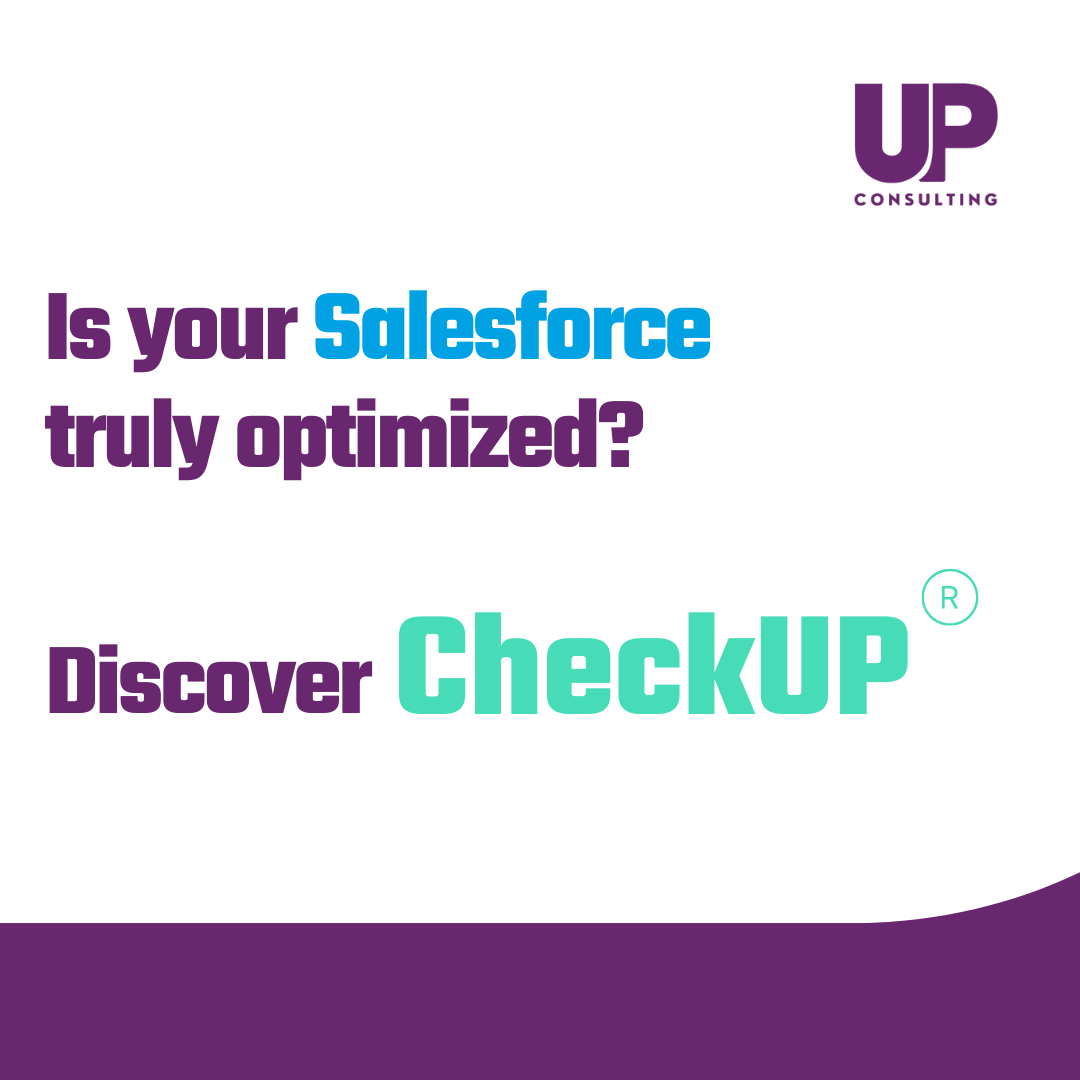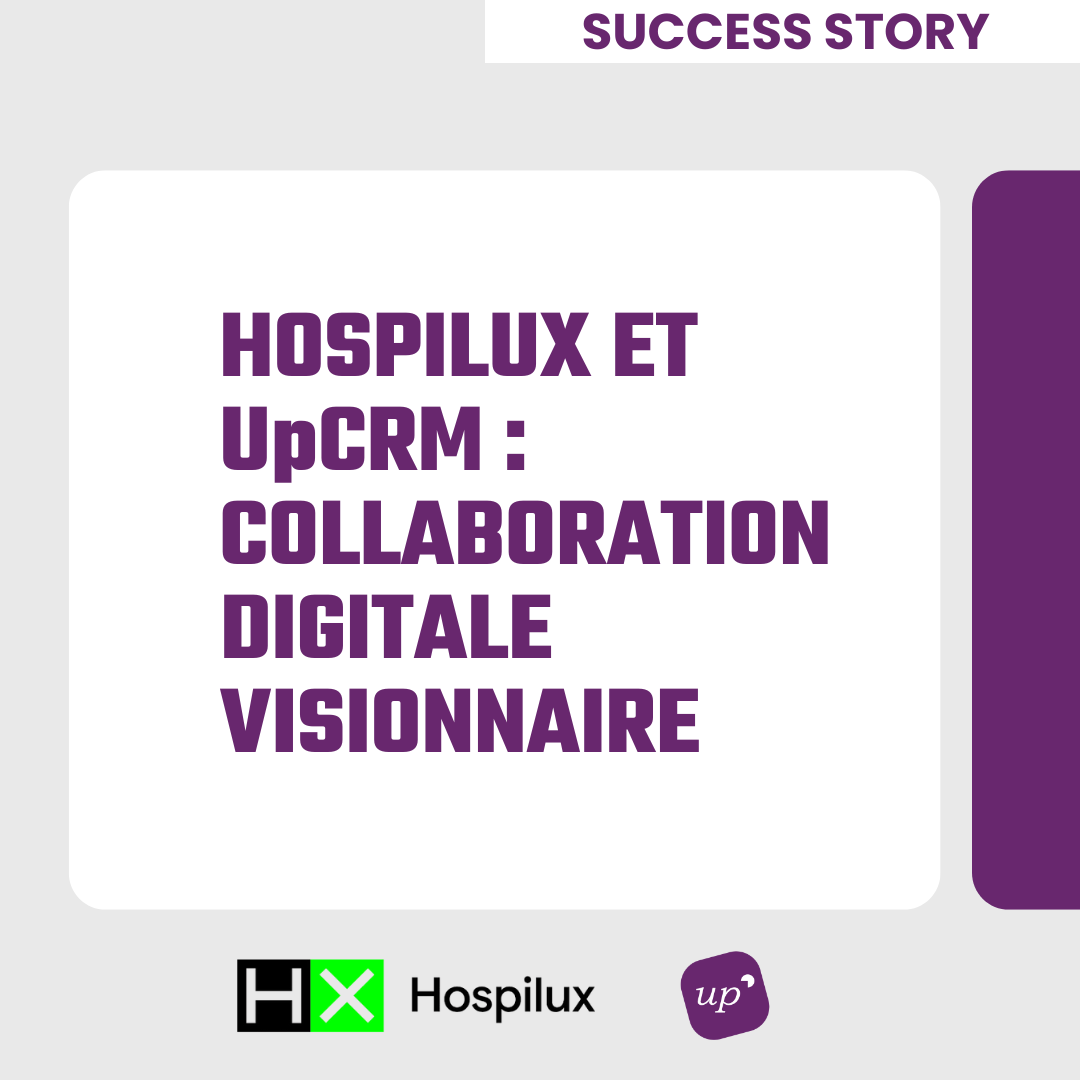Salesforce.com just posted an article on how to turn the digital experience of your customers from good to great.
A great digital experience is about the little things: The streaming service that lets you ‘skip intro’ during a weekend binge, the bank that approves your credit card application from an app, the website that serves up just-for-you content. These are the things that make our interactions with a brand easy and more efficient, and what keeps us loyal.
The digital experience is a make or break for brands. We have all abandoned sites because they were too hard to navigate, took too long to load, or required too many steps to perform a simple task. Yet despite massive technological advancements, sub-par experiences are still pervasive.
When the COVID-19 pandemic hit, customers demanded that B2B and B2C organizations step up their digital game. In fact, 68% of customers said COVID-19 has elevated their expectations of a company’s digital capabilities, according to the State of the Connected Customer report.
Nearly every organization, regardless of size or industry, has a digital presence, and many are quite good. But in 2021, good doesn’t cut it. Those setting the pace for exceptional experiences have a great digital presence. So how do you go from good to great?

What’s the difference between digital experience and customer experience?
The digital experience is a component of the customer experience that focuses on the digital ecosystem. This includes websites, mobile apps, email, messenger apps, social platforms, video chat, and customer portals on your site. The customer experience, on the other hand, spans their complete journey across physical and digital touchpoints.
Customers have high expectations for their digital experiences, using an average of nine channels to browse inventory, seek advice, and make purchases. Seventy-six percent of customers prefer to use different channels depending on context, whether that’s social media for inspiration or web chat for help placing an order. If there’s friction as they move between channels, or a disconnect at any point in the experience, they will abandon the journey altogether. For example, you found the perfect sweater on a brand’s social media app, only to find it’s not available for purchase on their ecommerce site. Or, you’re asked to input your personal information or order number after you’ve already logged in to your account.
The 4 principles of great data-driven digital experiences
The best digital experiences are connected, intelligent, personalized, and most important, easy. Brands that successfully hit on all four use data to drive action at every point of the customer lifecycle. They do so by adopting these four principles:
1. Walk in your customer’s virtual shoes
Brands that put the customer first use data to craft digital experiences that are relevant and valuable to their customers. A digital experience platform, such as Experience Cloud, provides access to rich customer insights into behaviors and preferences because of its connection to customer relationship management (CRM) data. Digital teams can use this data to solve fundamental problems in the digital experience, and create more seamless interactions.
2. Connect the dots across your digital ecosystem
We’ve all had those frustrating moments where we’re bounced around to different departments within the same company, and are forced to repeat ourselves multiple times. Now imagine that in a digital setting, from social media to chatbot to help center and back to your website. Annoying, right?
Brands that connect their digital ecosystem avoid this all too common experience. When everything is integrated on one digital experience platform, teams work off the most-up-to-date information and empower customers to take action, no matter what digital channel they are on. A platform like Experience Cloud integrates with your CRM so every team has the data they need to improve the experience at every point in the journey. For example, because the data ties back to a single source of truth, your service team has a record of a customer’s sales activity and marketing preferences to provide more personalized support during a web chat.
3. Make every digital interaction personal
Your long-term relationships depend on you truly knowing your customers. You wouldn’t want or need offers for pet food if you don’t have pets, or down parkas if you live in the Caribbean! On digital channels, personalizing your message and content goes a long way. When you use CRM, you can make your experiences progressively more personalized the more your customers interact with your brand. One visitor’s site experience may be completely different from another – down to every block of copy and image – based on attributes from any field within their CRM record. Popular personalization attributes include title or role for B2B audiences, and location, customer status, and purchase history for B2C audiences.
4. Stay fast and flexible
If 2020 taught us anything, it’s that organizations need to be agile with the right technology to turn on a dime. According to McKinsey, COVID-19 accelerated digitization initiatives by 3-4 years. Experience Cloud helps brands create compelling digital experiences quickly with drag-and-drop tools and pre-built templates. Imagine how that can help your brand launch a self-service community or deploy a mobile app to rapidly address new buying behaviors – without months of costly development.
You can’t anticipate every scenario or nuance of how customers will interact with your digital channels, but you can stay proactive. Sweat the small stuff. Use your data to constantly improve and iterate on the experience stakeholders have with your brand and your business. Always be open to feedback. That’s what keeps customers coming back.
To find out more about about Up CRM’s solutions : Salesforce






